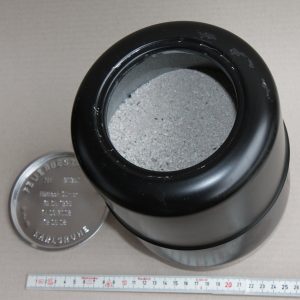
It wasn’t that long ago that when a person died and was cremated, depending on where they lived, the family had a couple of choices of what to do with the cremated remains—which are actually called cremains. Cremains could be buried much like a coffin would be; interred in a tomb; or scattered.
Now however, the options are almost limitless. All you have to do is Google what to do with cremains, or what to do with human ashes, and you get more choices than a poor indecisive person like me could ever pick from.
If though, you would like to keep at least a small portion of the person you love near to you, the last decade or so has offered a plethora of options that would make our grandparents spin in their grave. 😉
New and creative ways to keep your loved ones close to you
- You could turn them into a ring.
- How about a necklace?
- Want to design your own jewelry with the ashes of your loved one? How about having a diamond created with the ashes?
- Jewelry not your thing? What about a piece of art glass for your home?
- If you’re into ink, then maybe you’ll want to talk to your local tattoo artist and see if they’re open to this.
My saxophonic partner in crime, Pete Hales, and I were discussing urns and cremains a few weeks ago. Why? I don’t know how we even got on the topic, but I remembered an article I wrote years ago about using saxophones as urns. Then however, Pete took it one step further.
Pete mentioned the patented resonance stones that Cannonball puts on their saxophones, and how they are supposed to change an instrument’s resonance.
This now got me thinking… Why just get plain, everyday gemstones for my sax and maybe have them change the horn’s resonance…
Would these make a significant difference in the way my horn sounded? Would the resonance really be different?
On the other hand, if I took cremains and added them to custom key touches, what would that do to the resonance of my saxophone? Mmm…
Maybe something that looked like this….

….Might look like these artist’s renditions I did in 2013 using HDR?

Some practical things to consider
How would the horn sound though? What kind of material would you mix the ashes with? Cannonball has gone with simple gem stones for their resonance stones. The weight of many of the stones they use is heavier than the standard MOP used by horn manufacturers for over a 100 years now. Is it the differing weight that changes the resonance? If so, should weight be a consideration?
If $$ wasn’t an option, would you try the Swiss company and have diamonds created for your keys? Picture it, a 5 digit Mark VI with diamond key touches made from some famous sax player’s ashes… OMG! If you though Mark VIs were expensive now… 😉 😈
If you decide to go this route, I want to know all about it. Did cremains in custom key touches change the resonance of your horn? What materials did you use—besides the cremains I mean. Whose cremains did you use? Did you go with human cremains? Or was it those of favorite pet?
Oh, and let’s remember where you read this. If down the road someone actually does indeed offer this service for woodwind or brass wind key touches, I deserve a cut in the profits. Just saying… 


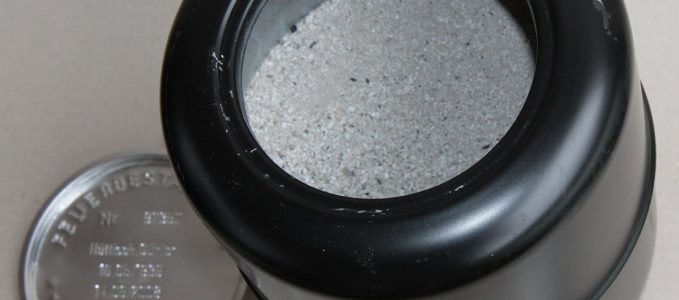

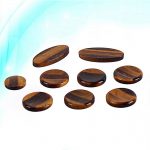
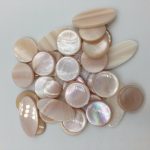

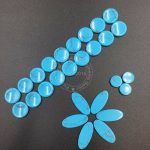
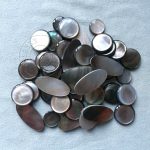


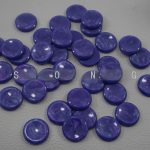


It’s a touching idea. A good alternative for the remains of a molusk. It reminds me of the Icelandic tradition of making leather trousers out of your neighbors. No I am not thinking of using human leather for pads.
There are flutes made out of bone. Now the human bones have not the right shape to make a saxophone. But recently some brass instruments have been partially made out of carbon fibre. It could be the right material for a saxophone and it is possible to convert human remains to carbon fibre.
Think how Albert Aylers ghosts will sound on such an instrument.
I forgot to mention that, after reading this post, folks might want to get one of these: https://en.wikipedia.org/wiki/Mortsafe 😛
Diamonds also start at about $1250 US, per https://www.spiritpieces.com/blogs/blog/top-5-companies-making-cremation-ashes-into-diamonds. The website listed also does some non-diamond work that’s relatively inexpensive. As an example, 1 1/4 inch pendants start at all of $90.
I had no idea our phone conversation would lead me down a rabbit hole like of options for cremains. I knew people put them in jewelry, but the other options for spreading them–like dispersing them while skydiving, or out of an airplane, or putting them on the moon–were all new to me. In hindsight, our silly little idea of key touches doesn’t seem so silly now, does it?
I am sure someone will do exactly that sooner or later. I think it’s only fair that when they do, we get compensated for our idea. Hey, maybe I should talk to my contact at Cannonball and get their assistance in patenting it? 😉 Maybe they’ll even come out with a new edition, and call it something like the Heaven & Angel or Devil & Fire series—depending on what kind of engraving the horn has, and whose cremains are contained in the key touches. 👿
Cremains in the key peals… should really emphasize the ghost notes. Sorry, I couldn’t resist.
😆 😈